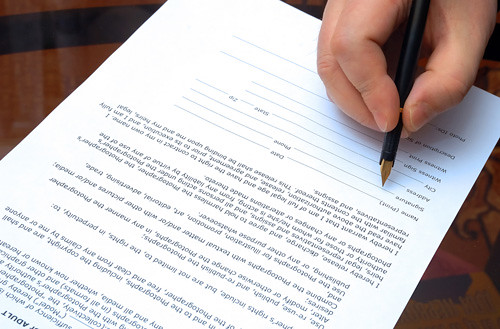Category: 1st Time Homebuyer
-

What is a Purchase and Sale Agreement? Know the Basics
Buying a home can feel overwhelming. I’ve done it twice now so I can consider myself an authority! In all seriousness, those of us who have purchased a home before know how the process can just feel like a lot! One crucial step in your journey to homeownership is understanding the purchase and sale agreement.…
-

13 Things to Look for When Buying Your First Home
In the market for your first home? Plan to spend more time house-hunting than you’re budgeting for right now. According to a recent report, 79% of first-time homebuyers missed work to find their first house, spending an average of 14 hours looking at properties. Part of the reason first-time homebuyers spend more time than they…
-

The Definitive First-Time Homebuyers Guide
How to close on your first property and accelerate your journey to financial freedom So, you’re thinking about buying a home for the first time. That’s great news! From increased financial security and tax benefits to having a permanent roof over your head and being part of a local community, there’s a lot to like…
-

New partnership aimed to put more money in your pocket at closing
What would you do if you received a check for $5,000 or even $10,000 after you bought your first home or are relocating that never needs to be paid back? Here at HomeApproach, we’re all about helping people like you achieve homeownership. Since closing on a home can cost a pretty penny — particularly in…
-
What is a mortgage?
Buying a home can feel overwhelming. Unless you have more money than you know what to do with, you’re going to need a mortgage. From the outset, mortgages can feel overwhelming. In this piece, we break down mortgages in easy terms, guiding you through the process. Key Takeaways A mortgage is a loan from a…
-
What is a credit score?
If you’re thinking about buying a home, there’s no better time than now to start optimizing your credit score. Simply put, a credit score has a huge impact on how much home you can afford and how much interest you’ll expect to absorb over the life of your mortgage. Credit scores, which vary from 300…
-
FHA Closing Costs: What to Expect
Unless your name is Jeff Bezos, Elon Musk, or even Trey Anastasio, getting into your dream home can be tough with all the costs involved. One key expense is the FHA closing costs, often overlooked by first-time homebuyers. If you’re thinking about buying a home with an FHA loan, you’re in the right place. This…
-
What Does Pending Mean In Real Estate?
House hunting can be a puzzle — especially when you come across the term pending on a property listing. A pending status means an offer has been made and accepted, but the sale isn’t final yet. This blog will guide you through what ‘pending’ involves and how it differs from other real estate terms, helping…
-
FHA Closing Costs: What They Are and How Much You’ll Pay
Buying a home is thrilling, but the hidden costs can be a headache. Every FHA loan comes with closing costs that buyers need to pay. In this piece, we break these down and offer tips on managing them — making your journey to homeownership smoother. Key Takeaways FHA closing costs range between 2% to 5%…
-
What Is The Minimum Credit Score For VA Loan?
You’re eyeing a new home and the VA loan’s benefits have caught your interest. Surprisingly, the VA doesn’t set a minimum credit score for these loans, but lenders typically do. In this article, we’ll unwrap what that score might be and how you can work towards it to secure your dream home with a VA…
